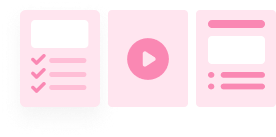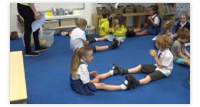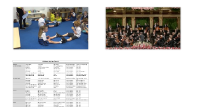Going Places Level: Early Grades - Listening, appraising & movement
Music Lesson Description
Train Music
Pleasure Train by Johann Strauss II (tempo)
During the 1860s the Southern Railway in Austria ran popular 'pleasure trains', offering surprise journeys with mystery destinations. The title of this piece in the original German language is Vergnügungszug - Polka-schnell, meaning Pleasure Train - Quick Polka. The polka is a lively dance and this one was composed by the younger Johann Strauss (the elder Johann Strauss being his dad) for a grand ball, held in 1864.
I was very surprised to notice that all the musicians in the video are men! There are statistical gender differences in girls' and boys' choices of which instrument they would choose to learn but most European and USA orchestras actually employ a fairly equal balance of men and women.
What to do (tempo, pitch)
The children could imagine where they would like to go on a train journey with friends. Then put them in little groups of three or four to play follow-my-leader, moving quickly as they listen to the music. It is good for the children to watch the video too to become familiar with which instruments make the sounds - ask them if they can spot the glockenspiel. You may have a glockenspiel at school - they are identified by having shiny, smooth metal bars whereas xylophones have wooden bars and metallophones have frosted metal bars.
This is a good time for the children to explore any tuned instruments you have available and for you to help with describing words for high pitched notes, low pitched notes and playing at a fast or slow tempo. Children need lots of exploration and feedback to reinforce the concept of high and low meaning pitch as in notes, not volume as in loudness.






